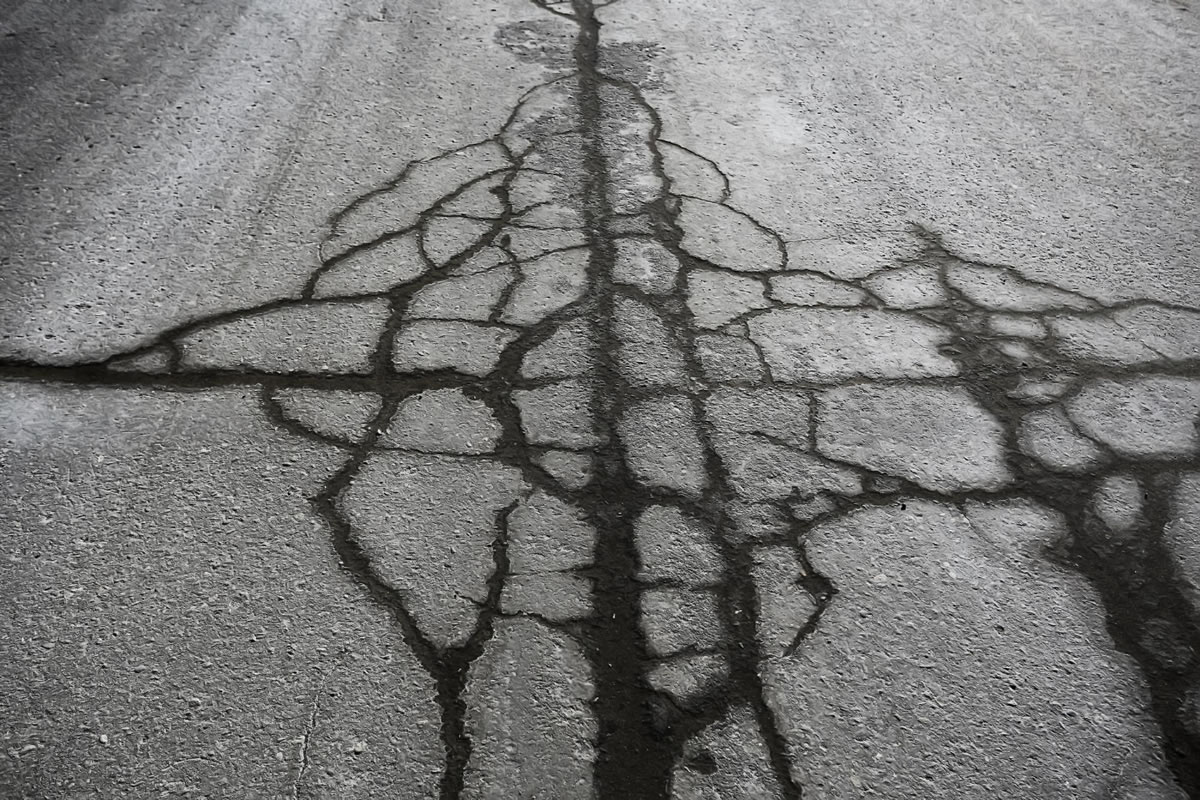Irregularities You Might Notice on New Asphalt Pavement

When you've just spent money for a new coat of asphalt or a brand-new driveway, you probably anticipate it to stay pristine for a while. And in an ideal world, it would. But in the real world, you may detect one or more abnormalities in your newly inaugurated or resurfaced driveway.
Some of these peculiarities could be recent damage to the new asphalt layer. Others could be a deficiency in the materials utilized, a poor base, or even inaccurate paving techniques.
Discover these irregularities you may notice with your new asphalt paving in Bandera, TX, and their possible causes.
1. Crescent Cracks
Cracks aren't great for an asphalt surface in the long run since they can hold water that the freeze-thaw cycle can then drive further into the driveway. Damages can happen over time by wear and tear, but crescent-shaped cracks from slippage commonly occur on new asphalt.
These cracks aren't normal. Instead, they're from forces such as gravity or hard braking on the surface of the new driveway and poor quality driveway materials or techniques. Installation factors that can enable slippage are:
- Low-quality asphalt for the surface
- Failure of the tack coat that sticks the asphalt layer to the layer beneath
- Absence of a tack coat because the contractor didn't bother to install one
These aspects could mean that your new asphalt layer needs replacement, this time with the proper materials and techniques.
2. Tire Scuffs
Tire scuffs on your new driveway can be unsightly, and you might wonder how to remove them. The good news is that they'll typically disappear on their own, and they're generally just a cosmetic issue rather than a structural problem. Letting the asphalt cure for longer before you drive on it may also help reduce or avoid scuffing.
3. Ruts or Unlevel Areas
Ruts can be from somebody driving on the asphalt surface before it's had the right number of hours to cure. That could be a delivery driver, a random passerby who needed a driveway to turn around in, or someone else who didn't realize your asphalt is still fresh. Physically blocking cars from the area while it cures can help prevent these accidental damages.
However, you may have a deeper problem if you see unlevel areas larger than tire-sized. For example, the entire driveway may sit on a sub-layer that's too thin to be stable. Another possible reason for unlevel areas is when the site settles unevenly because installers didn't compress and pack it down correctly before starting.
Some of these problems may demand repairs or may mean you need the original installer to redo the job completely. If your new driveway needs repairs that don't have coverage from warranties, get in touch with a local contractor who has experience paving in Bandera, TX, and diagnose and resolve your asphalt issues.